REBEL: 30 Years of London Fashion
Tour Proposal


REBEL: 30 Years of London Fashion

The programme was set up in 2002 with the aim of bringing design exhibitions to audiences around the UK and internationally. Since then, the museum has organised more than 170 tours to 137 venues in 38 countries worldwide. The Design Museum’s touring exhibitions range in size from 150 to 1,000 square metres and cover all areas of design –architecture, fashion, furniture, graphics, product and more.
The Design Museum is the world’s leading museum devoted to architecture and design. Its work encompasses all elements of design, including fashion, product and graphic design. Since it opened its doors in 1989, the museum has displayed everything from an AK-47 to high heels designed by Christian Louboutin. It has staged over 100 exhibitions, welcomed over five million visitors and showcased the work of some of the world’s most celebrated designers and architects including Paul Smith, Zaha Hadid, Jonathan Ive, Miuccia Prada, Frank Gehry, Eileen Gray and Dieter Rams. On 24 November 2016, the Design Museum relocated to Kensington, West London. Architect John Pawson converted the interior of a 1960s modernist building to create a new home for the Design Museum, giving it three times more space in which to show a wider range of exhibitions and significantly extend its learning programme.
In May 2018, the Design Museum was awarded the title of European Museum of the Year.

4 Exhibition overview
6 What’s in the exhibition
10 Exhibition content
37 Terms and conditions
38 Contact
GUEST CURATOR
Sarah Mower MBECO-CURATOR
Rebecca Lewin
EXHIBITION DESIGN
SpaceBroth
GRAPHIC DESIGN
åbäke
VENUES
the Design Museum, London
16 September 2023 - 11 February 2024
TOUR AVAILABILITY from Spring 2024
SPACE
approx 900 square metres
Over the past 30 years, London fashion has exploded onto the international stage, its reputation fuelled by the fearless creativity of its young designers. The city’s unique fashion culture has attracted students and creative people from all over the world. It thrives on their resourcefulness, individuality and drive for change.
The exhibition is a landmark collaboration with the British Fashion Council (BFC) and celebrates the 30th anniversary of the BFC’s NEWGEN programme, an initiative that supports the best emerging fashion design talent and aims to build global, high-end brands of the future. Lee Alexander McQueen was part of the first cohort, and more than 300 designers have developed their rebellious, independent voices over the last 30 years.
Guest-curated by Sarah Mower MBE, BFC Ambassador for Emerging Talent and co-curated by Design Museum Senior Curator Rebecca Lewin, the exhibition tells the story of hundreds of fearless young designers who have transformed the fashion landscape, and brings together exuberant, rebellious and radical garments. The show features nearly 100 innovative fashion looks from ground-breaking debut and early collections, many of which have entered pop-culture history — and launched global design careers.
Highlights include the swan dress controversially worn by Björk at the 2001 Oscars, Harry Styles’ Steven Stokey Daley trousers from his video for ‘Golden,’ and singer Sam Smith’s inflatable latex suit by HARRI from 2023 BRIT Awards. Collections and work by JW Anderson, Wales Bonner, Erdem, Molly Goddard, Christopher Kane, Simone Rocha, Russell Sage, and many more are also featured.
These items are shown alongside films, drawings, memorabilia and never-before-seen archive material from some of the most well-known contemporary UK-based designers.
This exhibition is sponsored by Alexander McQueen at the Design Museum, London.

A showcase of more than 400 objects by designers from the British Fashion Council’s NEWGEN programme over the last three decades
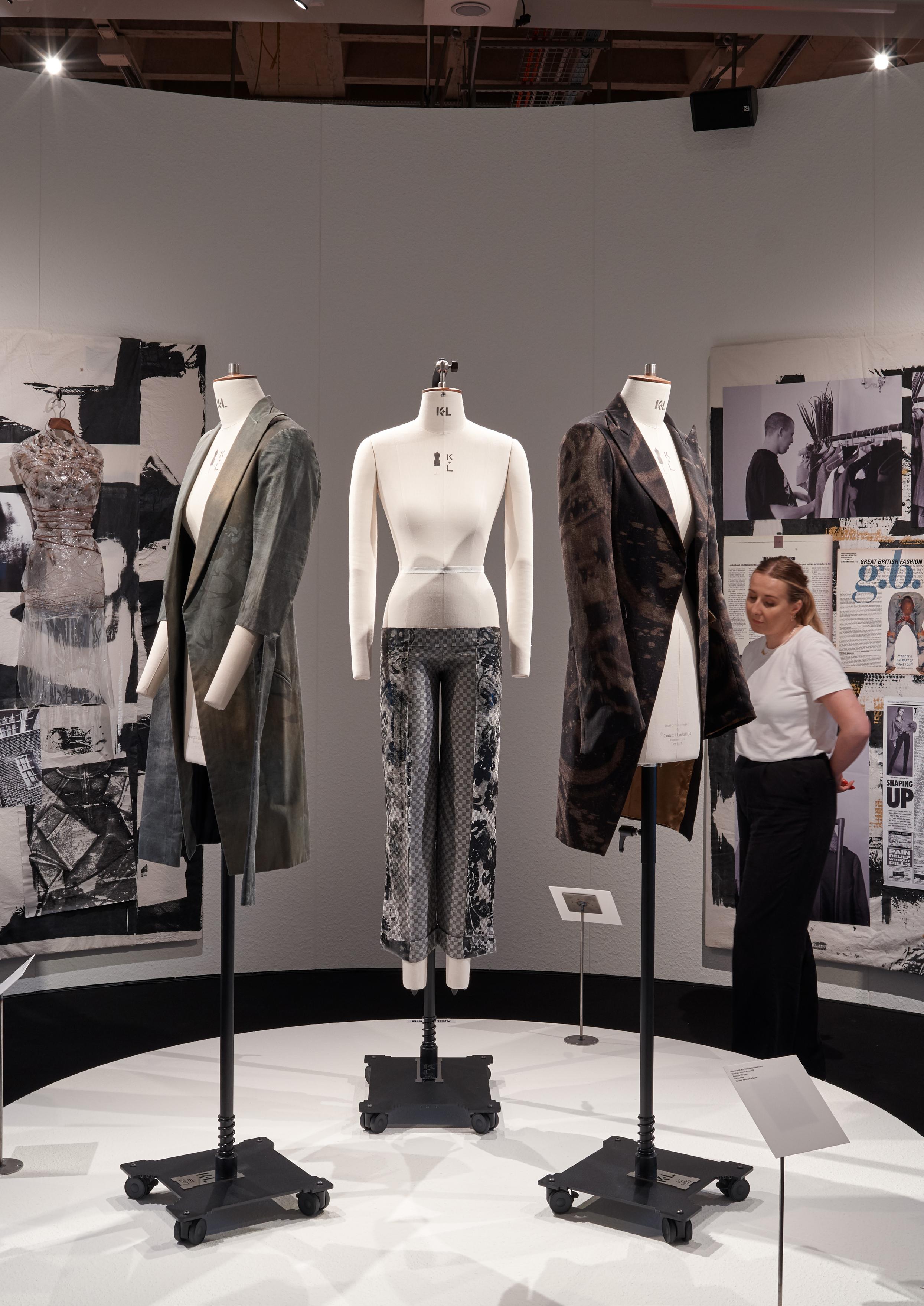
A tribute to Alexander McQueen’s lost collection from 1993, through the voice of his friend and collaborator Simon Ungless
A timeline outlining the most significant cultural and socioeconomic events in the UK between 1993 and 2023
An immersive audio-visual club experience and a runway show featuring 23 looks
Björk’s iconic swan dress by Marjan Pejoski, worn at the 2001 Oscars
Sam Smith’s inflatable latex suit by HARRI, worn at the BRIT Awards in 2023
Steven Stokey Daley’s original floral Oxford Bags trousers, worn by Harry Styles in his “Golden” music video
Upcycled Union Jack jacket by Russell Sage that Kate Moss wore for British Vogue
A series of audio and video interviews with NEWGEN alumni and college professors
An interactive makeup and hair filter produced in collaboration with Snap Inc
‘a scintillating celebration of the people who make London so chic’ ★ ★ ★ ★ ★ The Telegraph
‘an explosion of freedom and creativity that is as infectious as it is inspiring’ ★ ★ ★ ★ Evening Standard
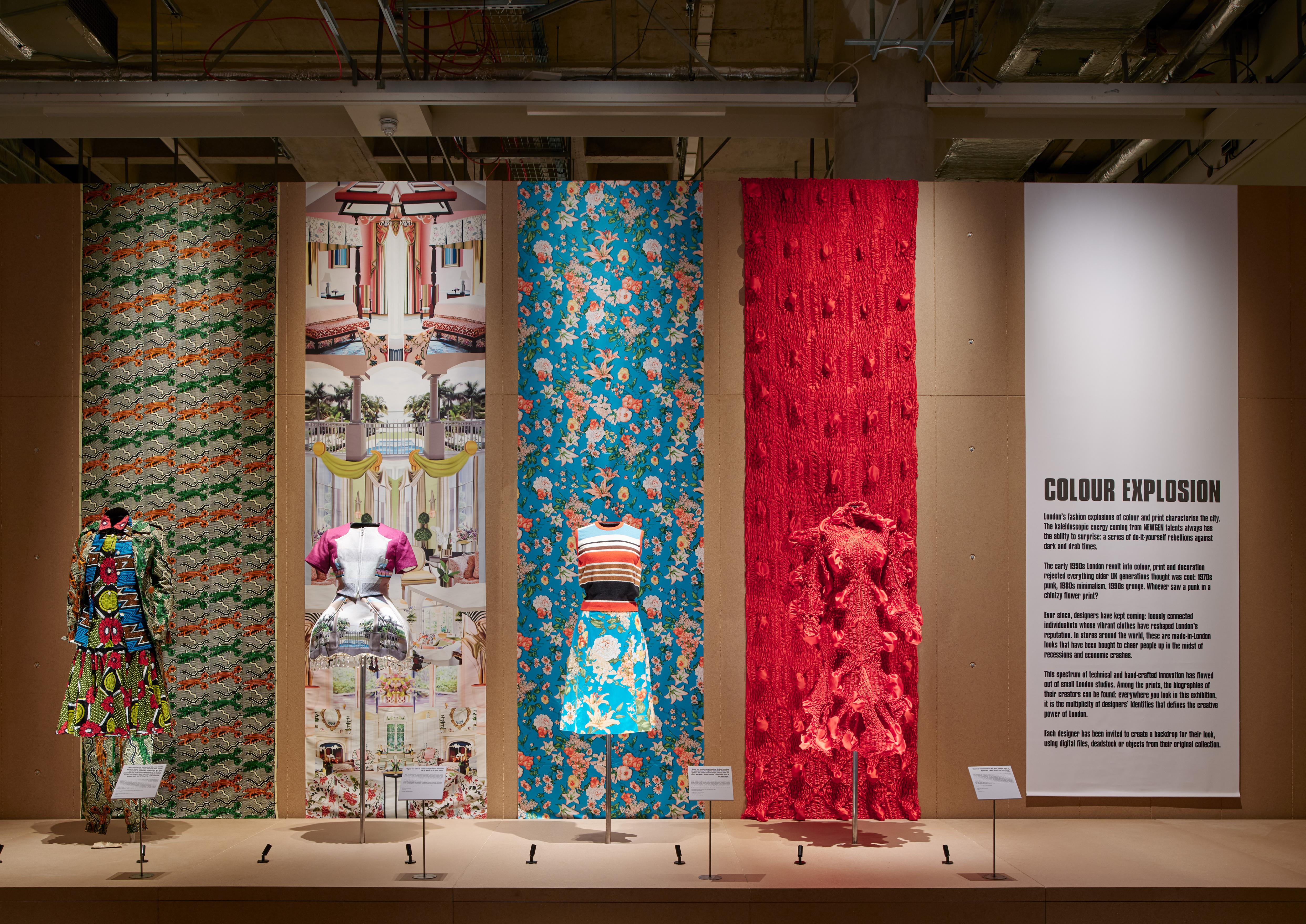 Exhibition view, the Design Museum, London
Exhibition view, the Design Museum, London
London’s fashion explosions of colour and print characterise the city. The kaleidoscopic energy coming from NEWGEN talents always has the ability to surprise: a series of do-it-yourself rebellions against dark and drab times.
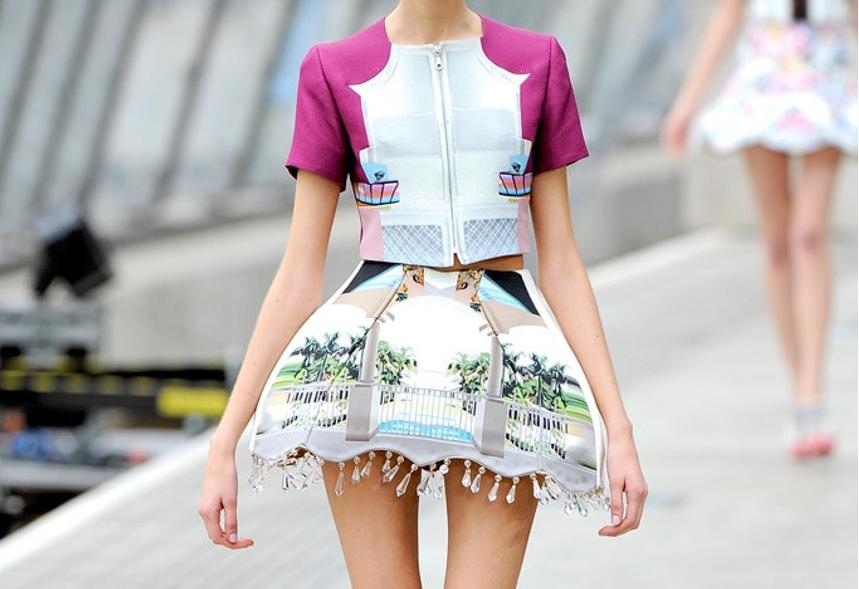
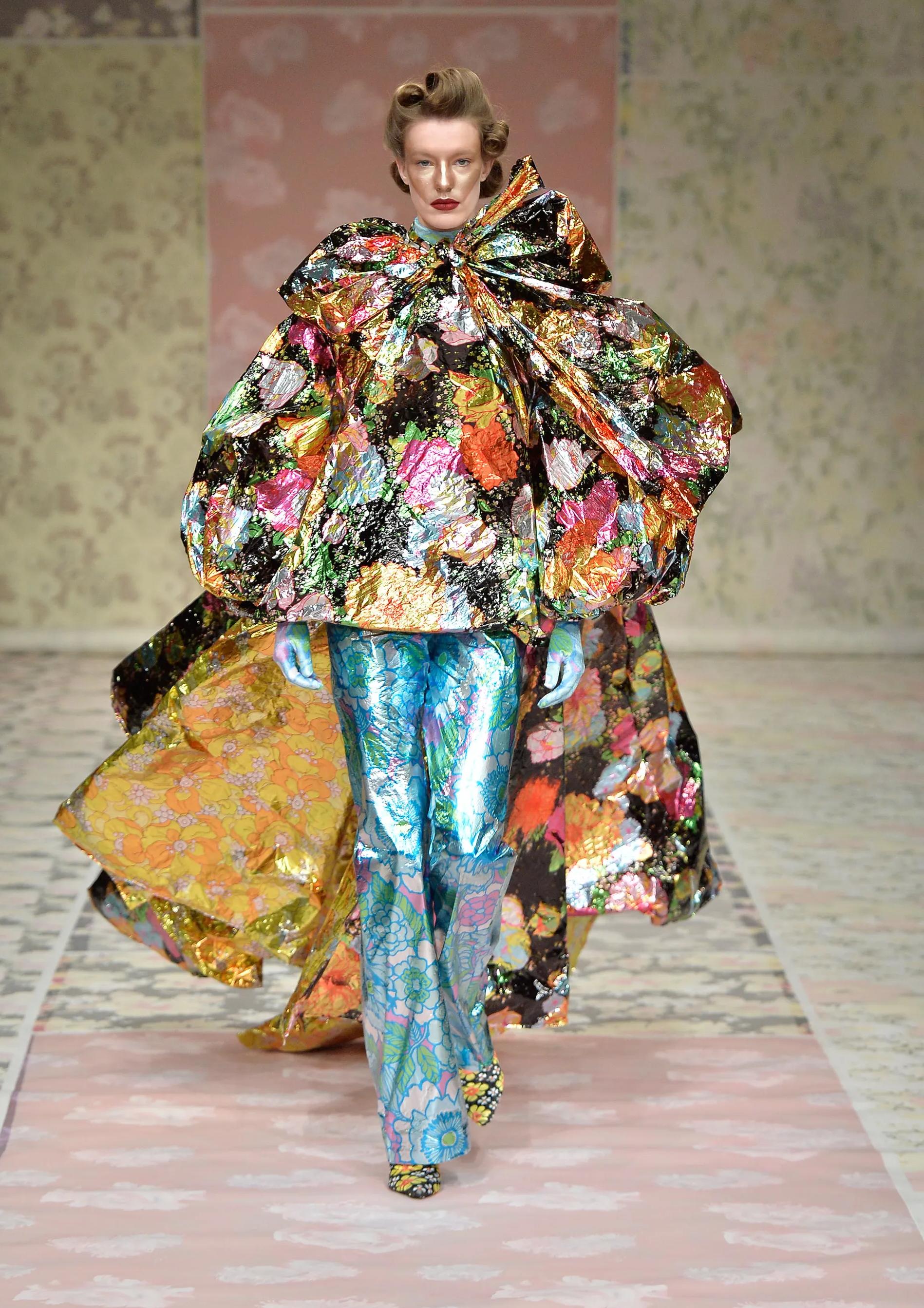
The early 1990s London revolt into colour, print and decoration rejected everything older UK generations thought was cool: 1970s punk, 1980s minimalism, 1990s grunge. Whoever saw a punk in a chintzy flower print?
Ever since, designers have kept coming: loosely connected individualists whose vibrant clothes have reshaped London’s reputation. In stores around the world, these are made-in-London looks that have been bought to cheer people up in the midst of recessions and economic crashes.
This spectrum of technical and hand-crafted innovation has flowed out of small London studios. Among the prints, the biographies of their creators can be found: everywhere you look in this exhibition, it is the multiplicity of designers’ identities that defines the creative power of London. Each designer has been invited to create a backdrop for their look, using digital files, deadstock or objects from their original collection.
Opposite Richard Quinn, Fall Collection, Look 23, 2018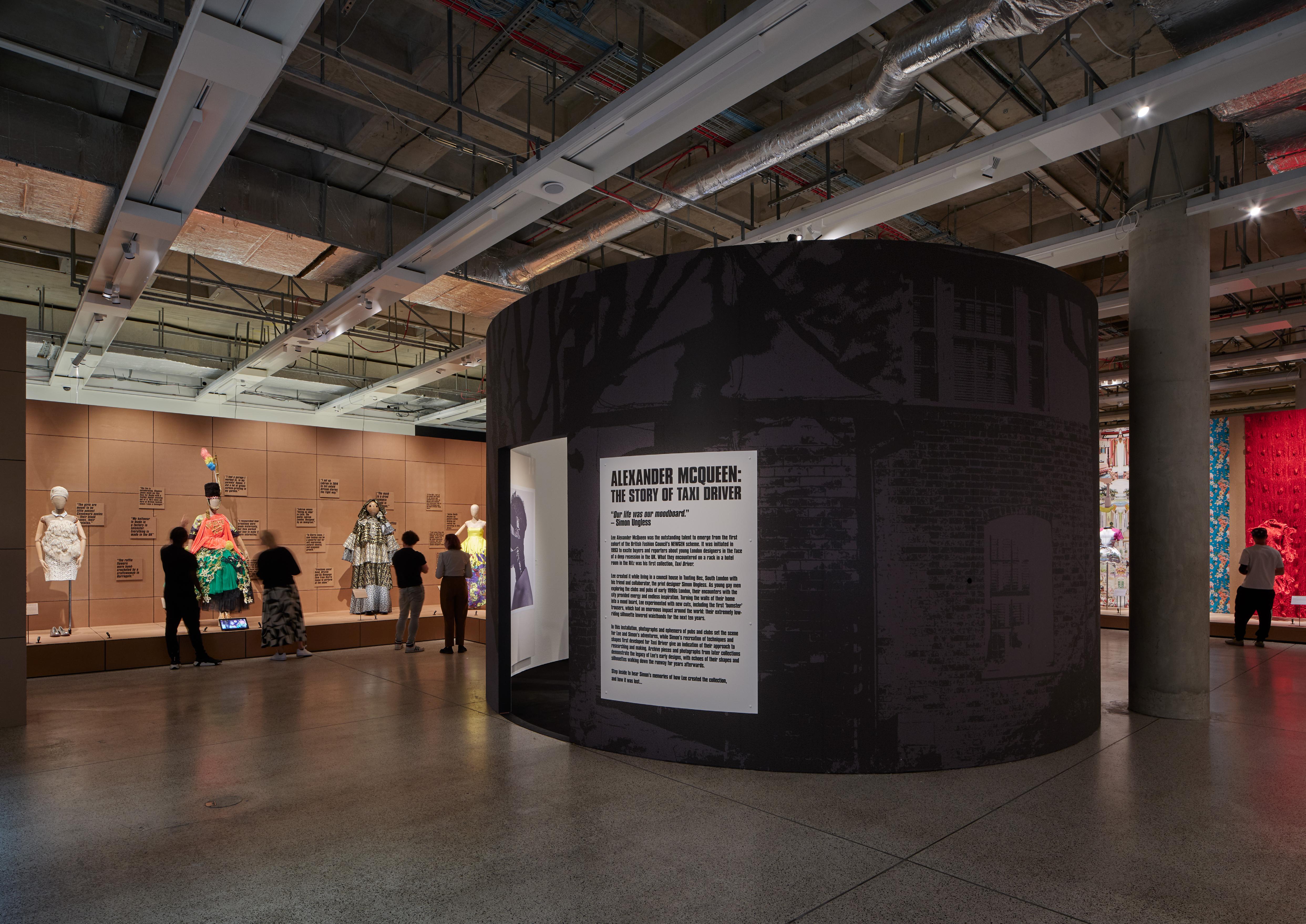 Exhibition view, the Design Museum, London
Exhibition view, the Design Museum, London
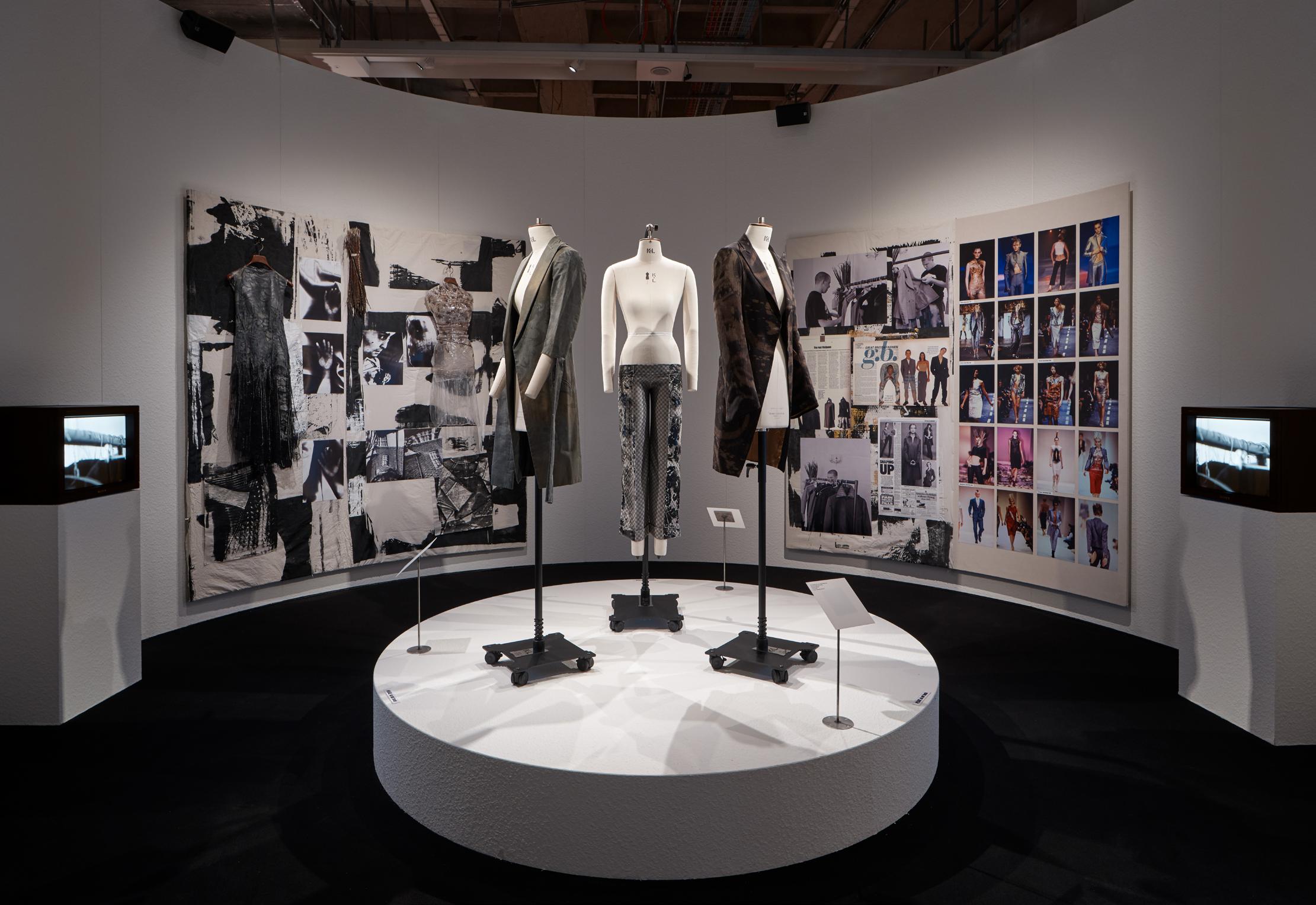
Lee Alexander McQueen was the outstanding talent to emerge from the first cohort of the British Fashion Council’s NEWGEN scheme. It was initiated in 1993 to excite buyers and reporters about young London designers in the face of deep recession in the UK. What they encountered on a rack in a hotel room in the Ritz was first collection, Taxi Driver.
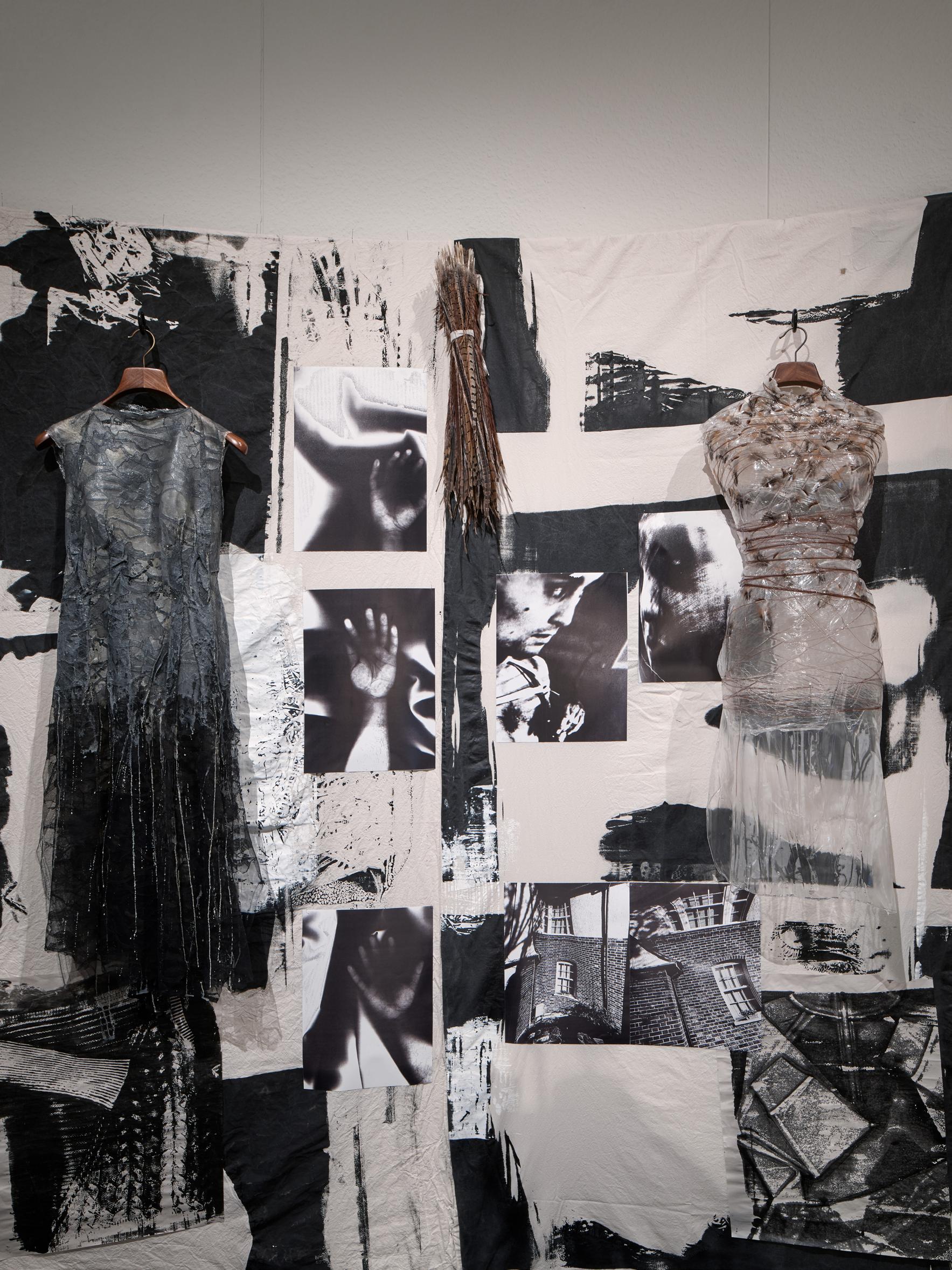
Lee created it while living in a council house in Tooting Bec, South London with his friend and collaborator, the print designer Simon Ungless. As young gay men exploring the clubs and pubs of early 1990s London, their encounters with the city provided energy and endless inspiration. Turning the walls of their home into a mood board, Lee experimented with new cuts, including the first ‘bumster’ trousers, which has an enormous impact around the world: their extremely low-riding silhouette lowered waistbands for the next ten years.
In this installation, photographs and ephemera of pubs and clubs set the scene for Lee and Simon’s adventures, while Simon’s recreation of techniques and shapes first developed for Taxi Driver give an indication of their approach to researching and making. Archive pieces and photographs from later collections demonstrate the legacy of Lee’s early designs, with echoes of their shapes and silhouettes walking down the runway for years afterwards.
 Exhibition view, the Design Museum, London
Exhibition view, the Design Museum, London


 Exhibition view, the Design Museum, London
Exhibition view, the Design Museum, London
Exhibition view, the Design Museum, London
Exhibition view, the Design Museum, London
Exhibition view, the Design Museum, London
Exhibition view, the Design Museum, London
Fashion departments in British art schools have a global reputation for focusing on developing individuality. This distinctively British tradition generates boundary-pushing designers who continually question everything, the fashion system included.


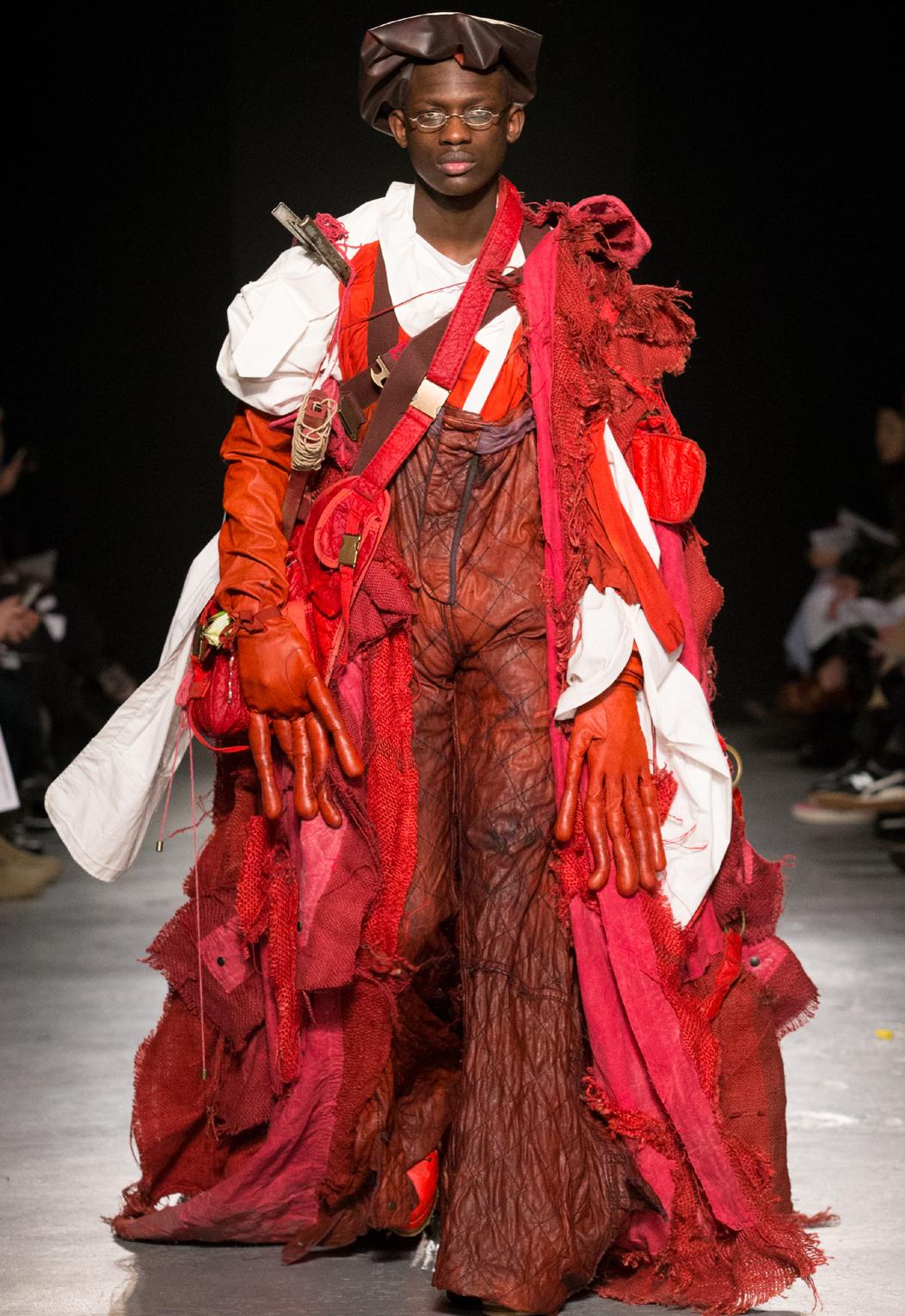
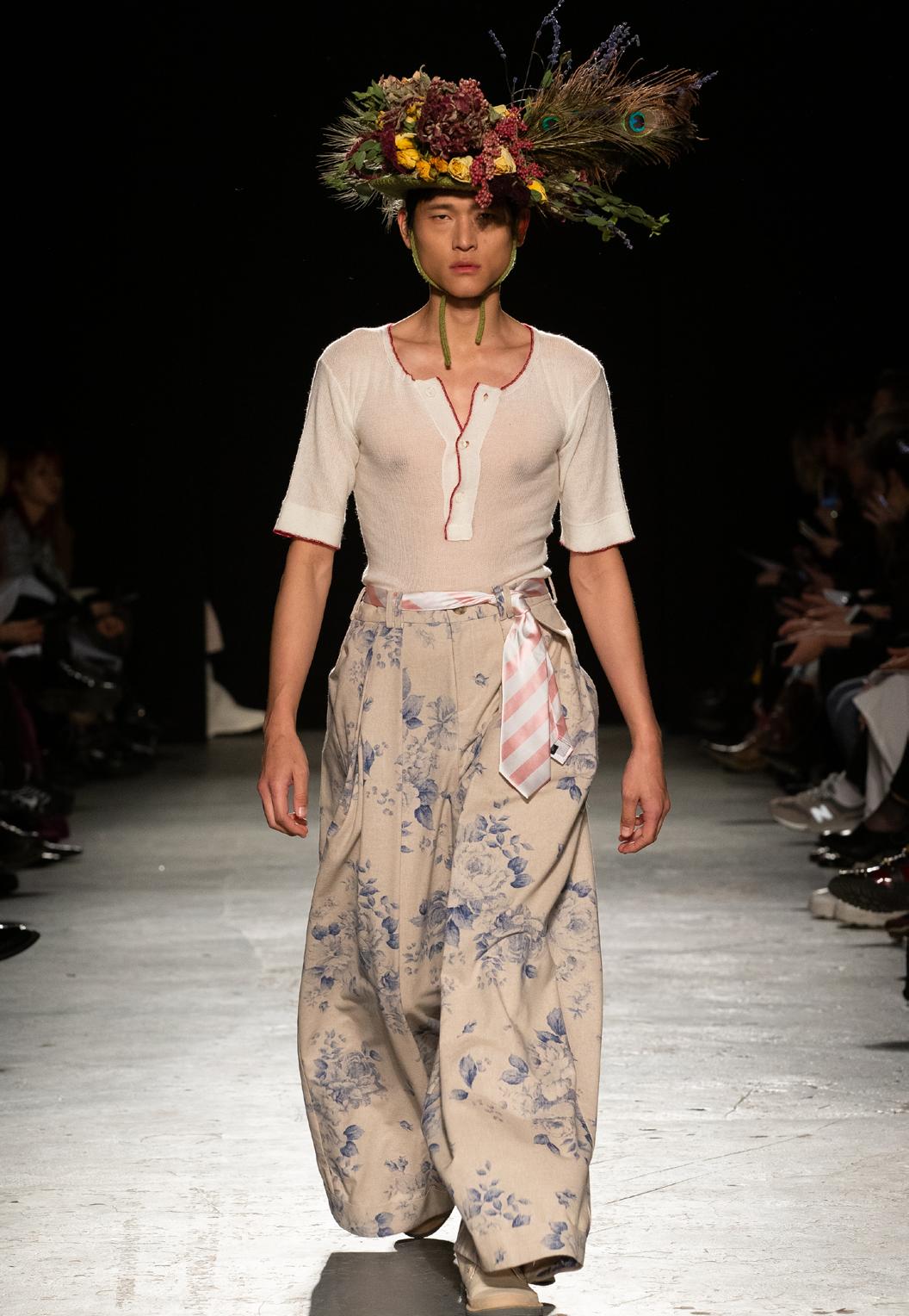
The work in the REBEL art school is by designers who have gone on to become NEWGEN recipients. Whether they studied womenswear, menswear, knitwear, print, textiles or accessory design, their formative work already shows who they have become. Experimentation can take any form: inventing new techniques or crossing boundaries between disciplines. Many former NEWGEN designers are now the leading teachers in fashion education in London and universities throughout the UK.
The 30-year phenomenon of independent designers who start up in London makes this city unique among international fashion capitals. The availability of early-stage support and mentoring by the British Fashion Council underpins London’s small businesses – but the reality of getting ready to show and sell means making working relationships with friendship groups, with machinists, manufacturers and customers. This section is a nuts-and-bolts look at how five designers managed to do that from scratch. In breaking down a pivotal look from each designer, the unseen practicalities are revealed.
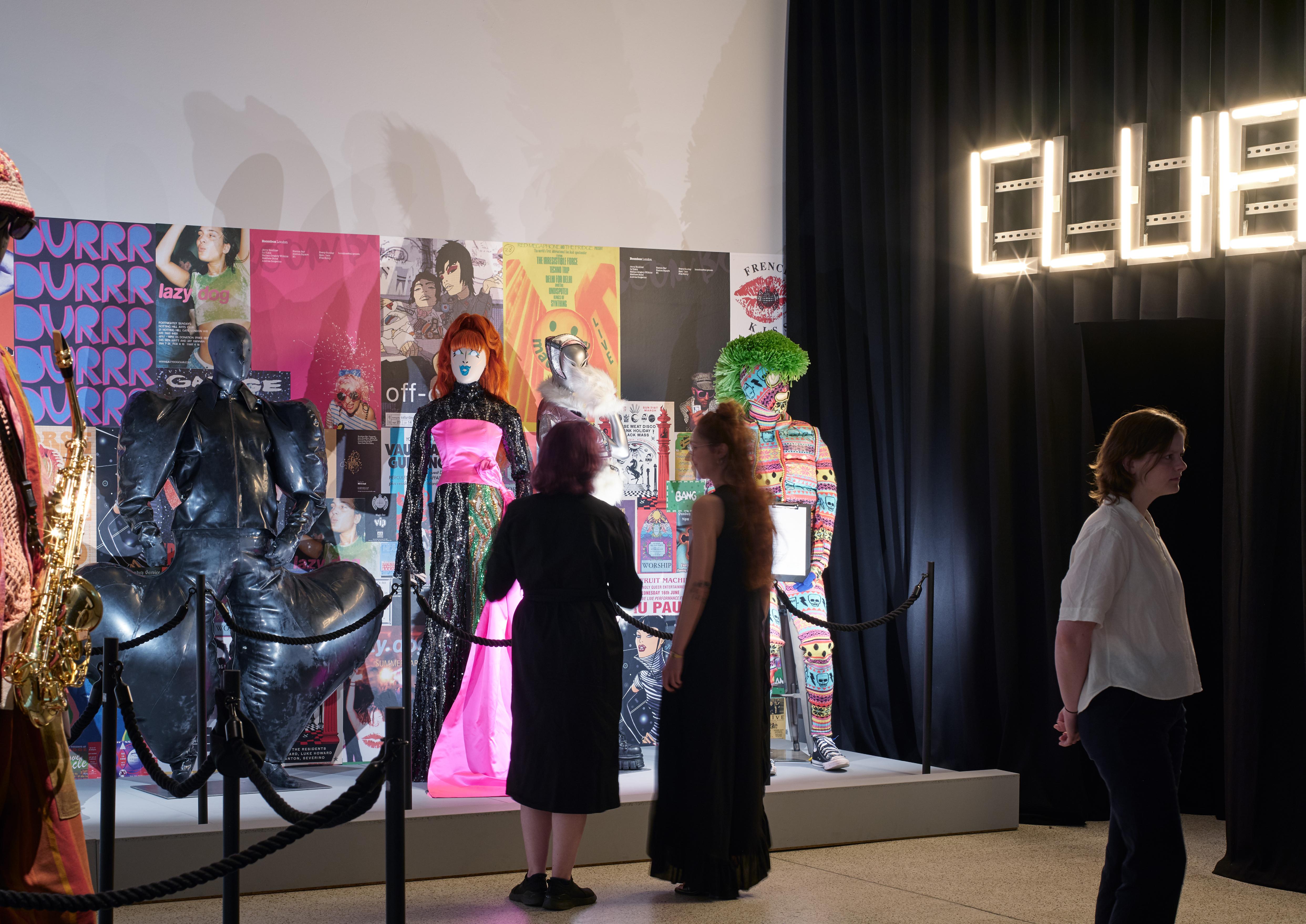 Exhibition view, the Design Museum, London
Exhibition view, the Design Museum, London
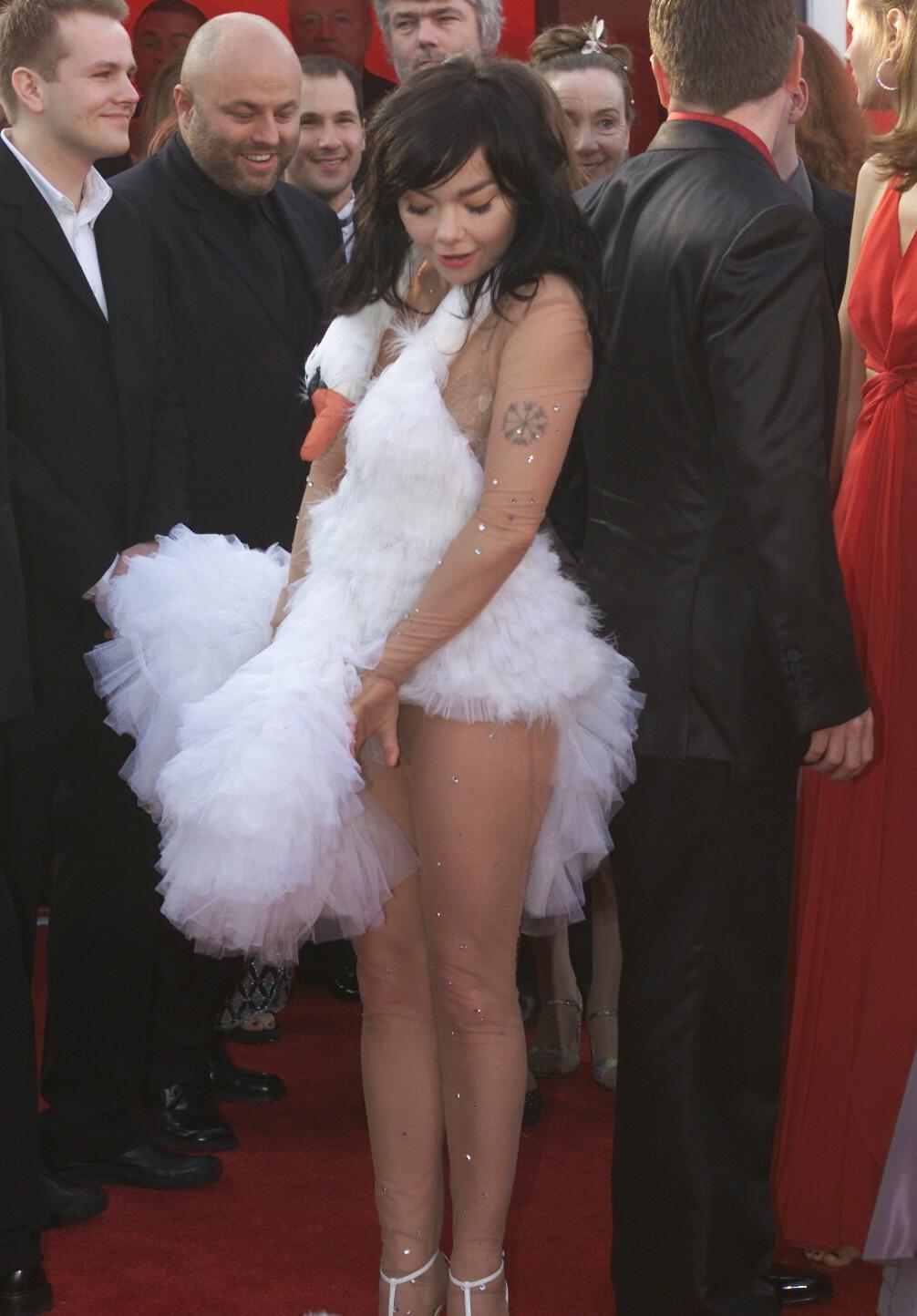
All designers in London remember the great club nights that made them who they are. The queue to get into the REBEL club symbolises the many relationships, genres and inspirations that have spiralled outwards from dance floors and venues and onto London catwalks.
The looks on display aren’t club clothes. They are by the NEWGEN designers who have had a multiplicity of individual relationships with specific London club cultures and music performers over time.
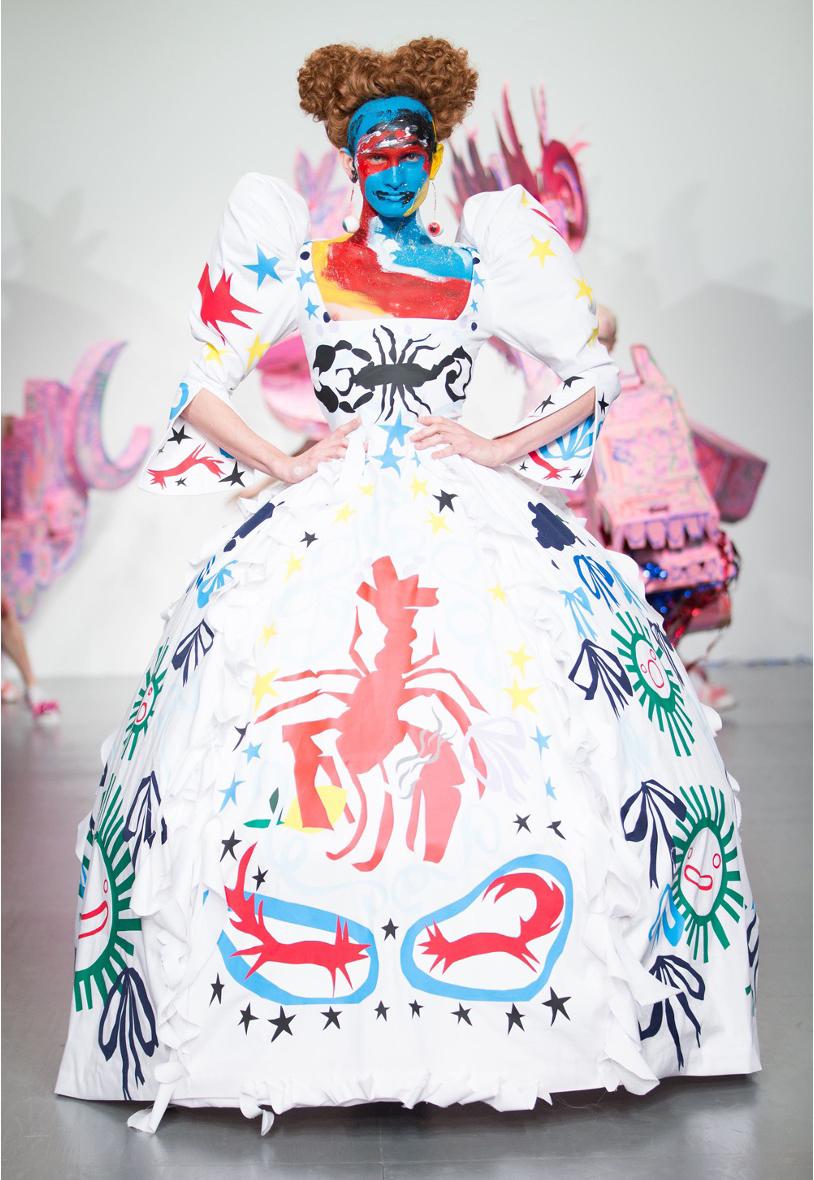

Fashion happens on crowded nights out with friends, in the competition to dress up, show off and pose. For students and young fashion people, escalating this creative frenzy is extracurricular design practice. When the results ricochet onto the runway, they’re guaranteed to cause responses that range from tabloid horror and ridicule to a joyful sense of self-recognition.
Most importantly, these looks stand for representation. They come out of Rave scenes, LGBTQIA+ club cultures, Dancehall, Grime, Garage, Electro-clash, Nu-rave, Ballroom, UK Jazz and more. They’ve been held all over London, in the west end, east end, north and south – in places where gender identities and sexualities, heritages and traditions are constantly celebrated.
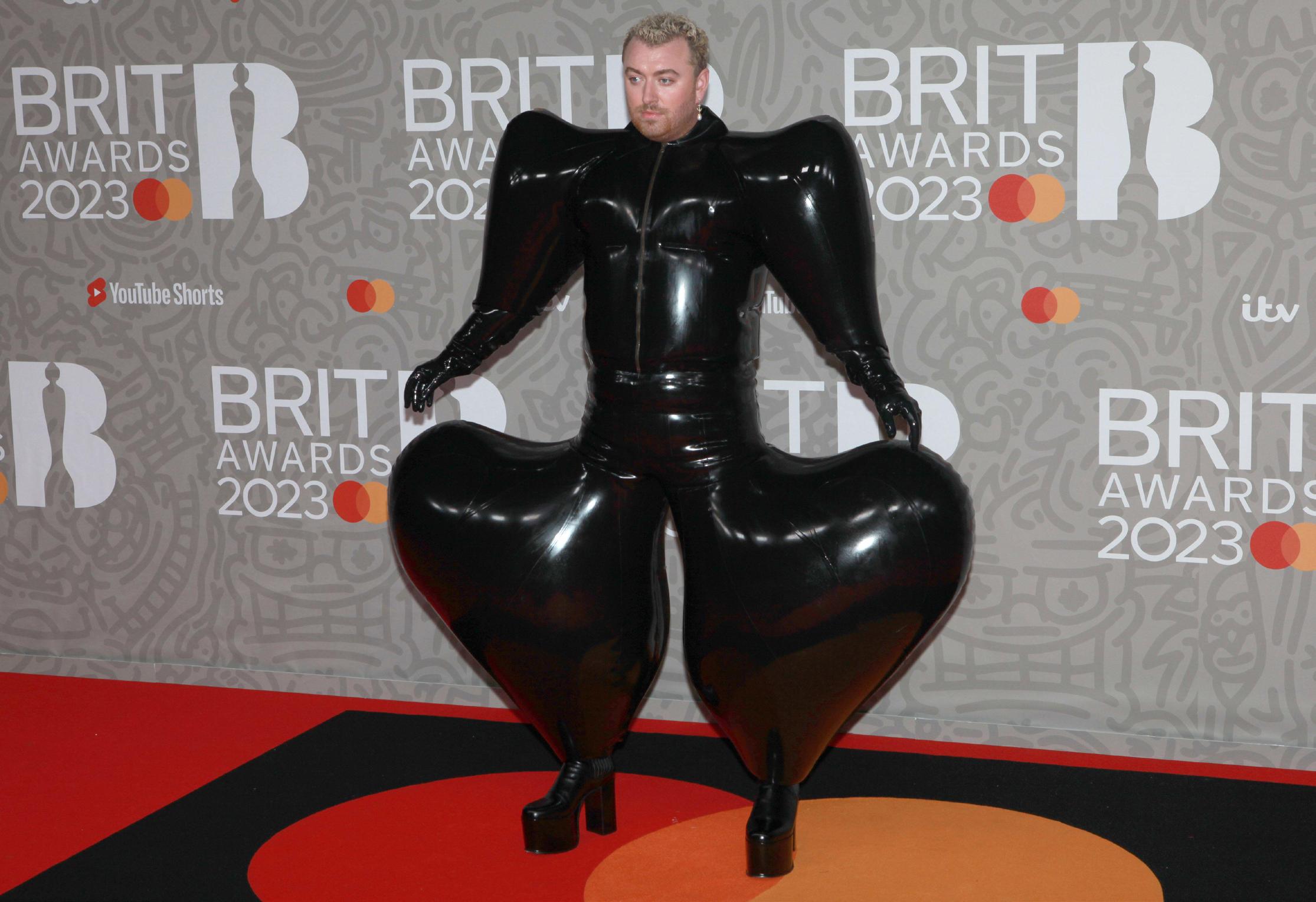
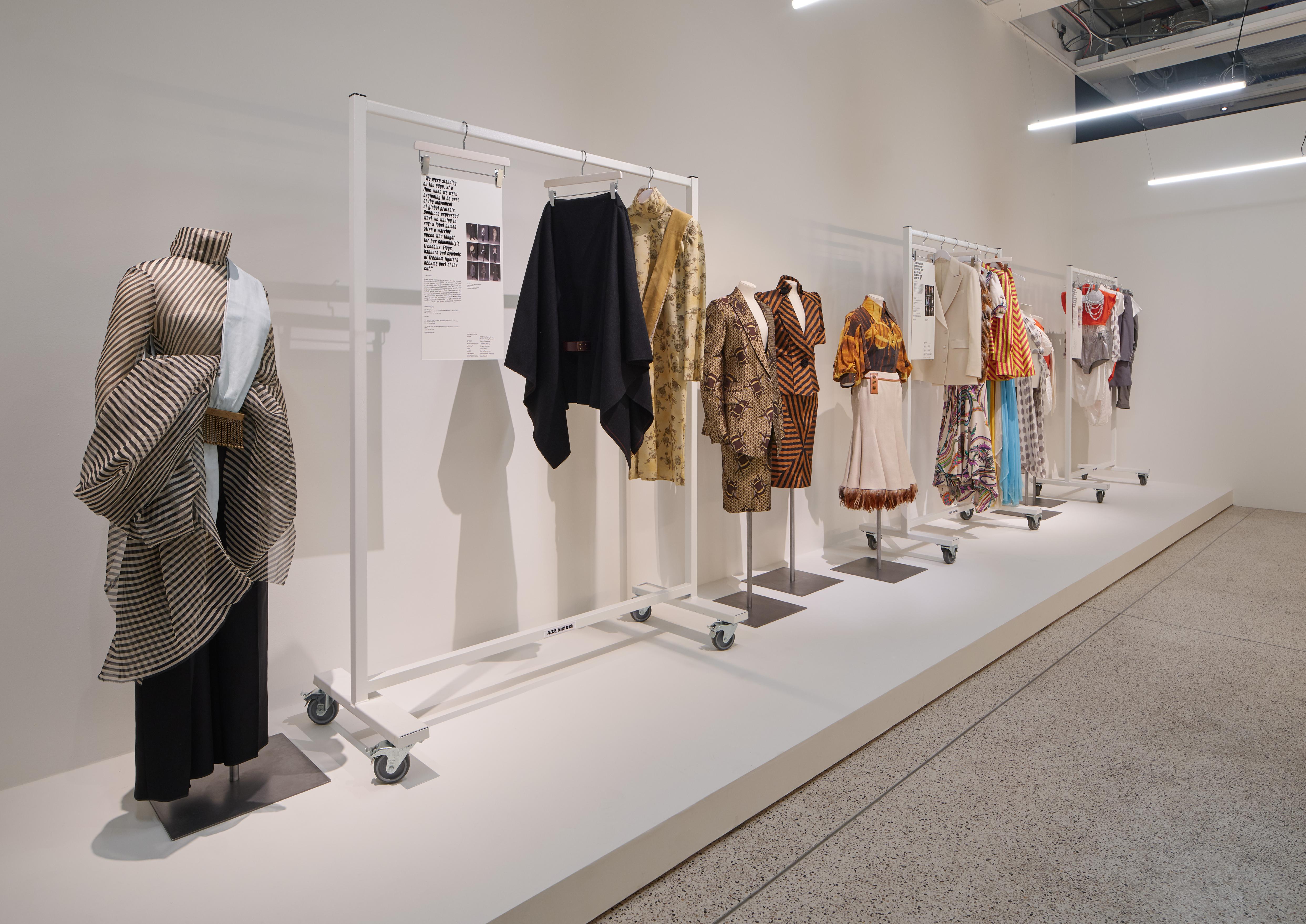 Exhibition view, the Design Museum, London
Exhibition view, the Design Museum, London

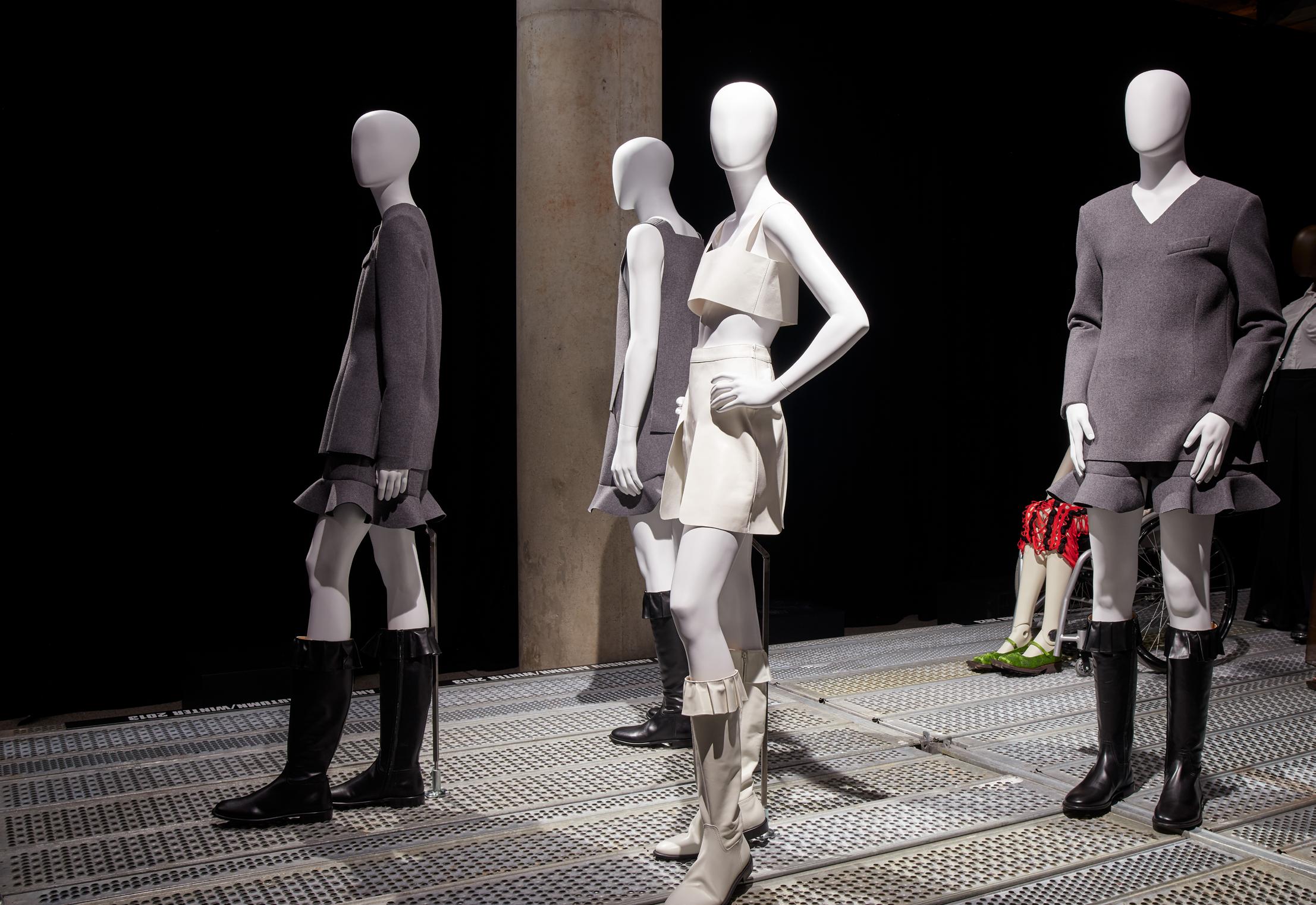
 Exhibition view, the Design Museum, London
Exhibition view, the Design Museum, London
Exhibition view, the Design Museum, London
Exhibition view, the Design Museum, London
Exhibition view, the Design Museum, London
Exhibition view, the Design Museum, London
A creative community of London stylists, hairdressers, make-up artists and accessory designers comes together to realise the designer’s vision. From a rail of clothes to the final look, shared around the world, this room represents the collaboration between talents. Independent accessory designers have always been important members of NEWGEN alumni, both as collaborators and brands in their own right.
In the backstage section, clothing and accessories – shoes, jewellery, headwear and bags – are shown side by side. You can imagine your own combination of items, but – before you leave –don’t forget to try on virtually a series of showstopping make-up and headwear looks in the mirrors at the end of the room.

Fashion shows, at their most significant, go against norms, stir up emotional reactions and set new social agendas. The freedom and professionalism of these individualist collections by very young people has predicted new ways to dress, and new ways to be.
These designers have crystallised the feelings of their generation in outbursts of colour and poetic and conceptual fantasy. They’ve formed an advanced guard, crossing gendered boundaries, celebrating Black elegance and showcasing design for all body types.
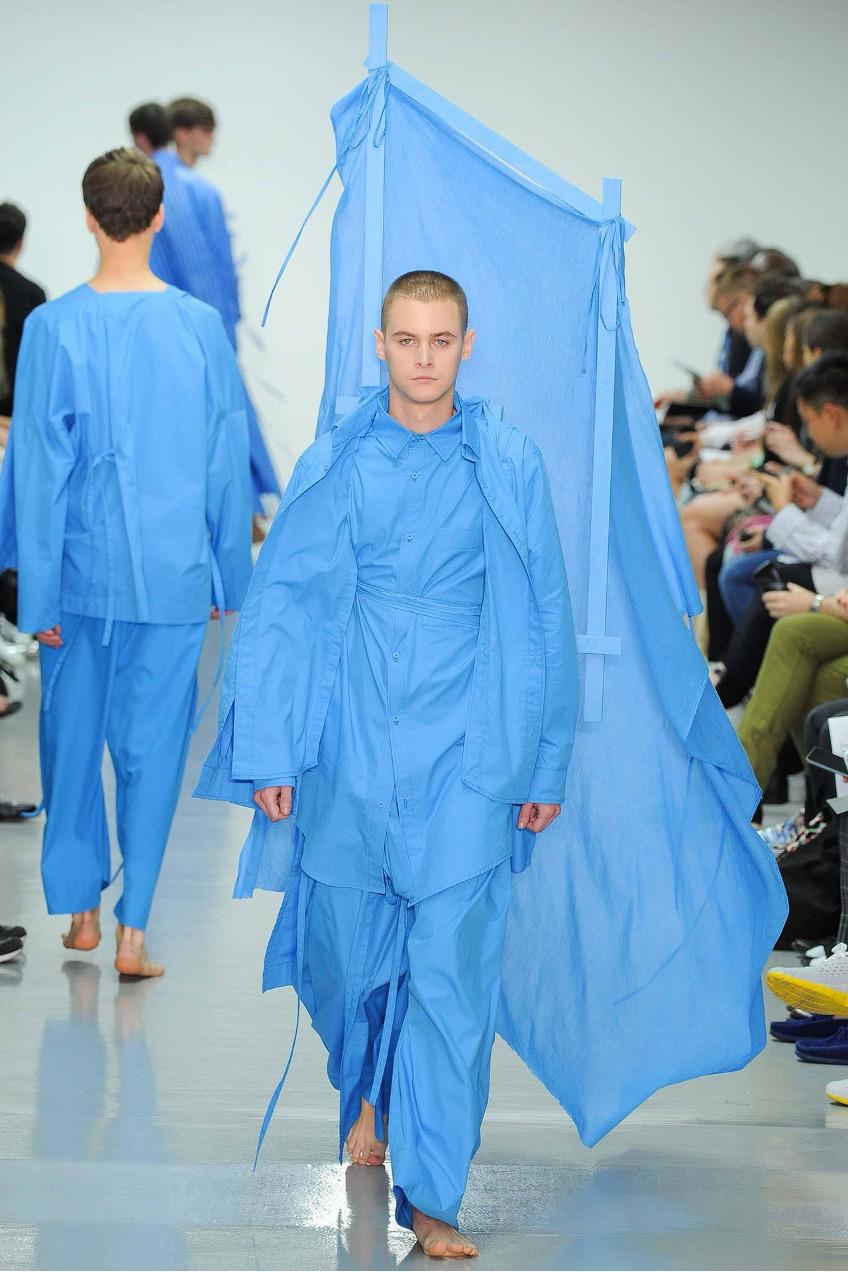
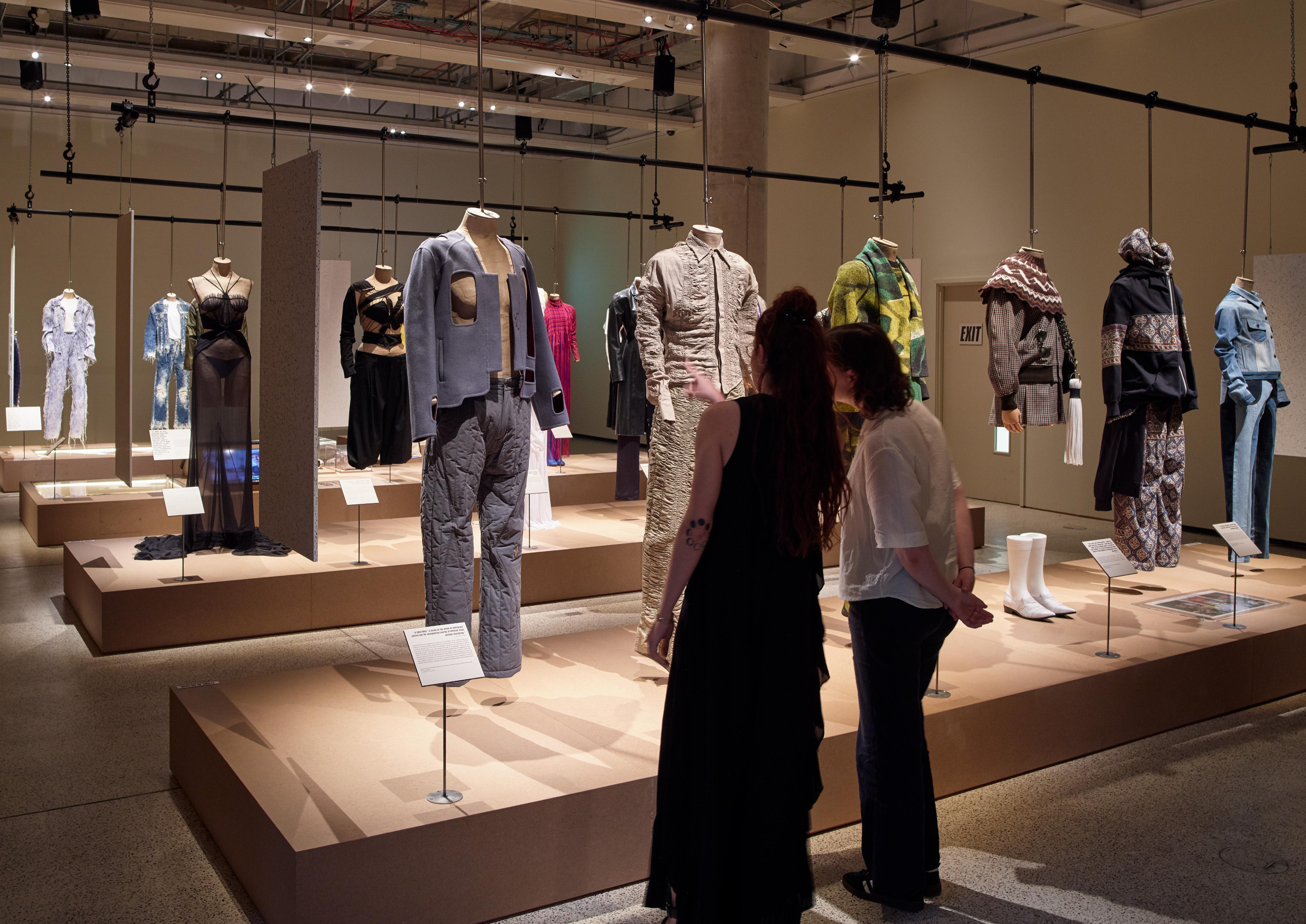 Exhibition view, the Design Museum, London
Exhibition view, the Design Museum, London
Since 1993, NEWGEN designers have been radical changemakers. Collectively, they are an advanced guard of many independent young voices, actively showing who fashion must include while demonstrating the future of what being a designer means.
Communicating far beyond the runway, today’s designers blend film, performance, education, art, social and environmental and ethical responsibility as never before. They prioritise representation and identity politics, oppose gender stereotypes and uplift and empower their communities. Their lead in blurring the lines between womens and menswear joyfully opens up fashion to ever-increasing spectrums of queer, feminist and intersectional perspectives.
A small cross-section of pioneering NEWGEN designers whose work embodies London’s creative spirit of rebellion against norms, barriers and the fashion system itself. In it can be seen people whose innovations range from upcycling over 20 years ago – before the term existed – to digital printing bio-materials on a farm, from starting a war against plastic to campaigning for fair pay, ‘pandemic revenge dressing’ and beyond...
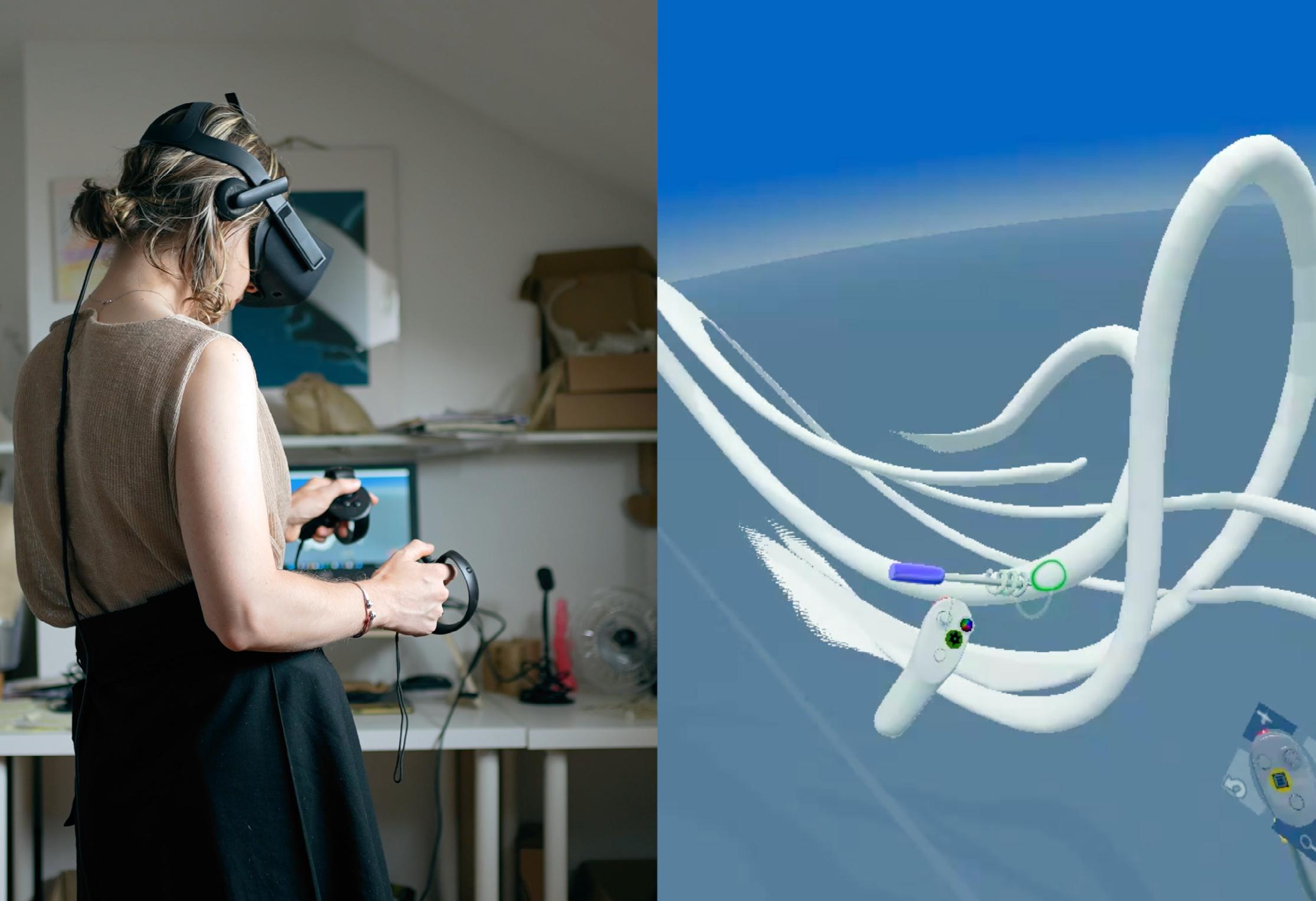

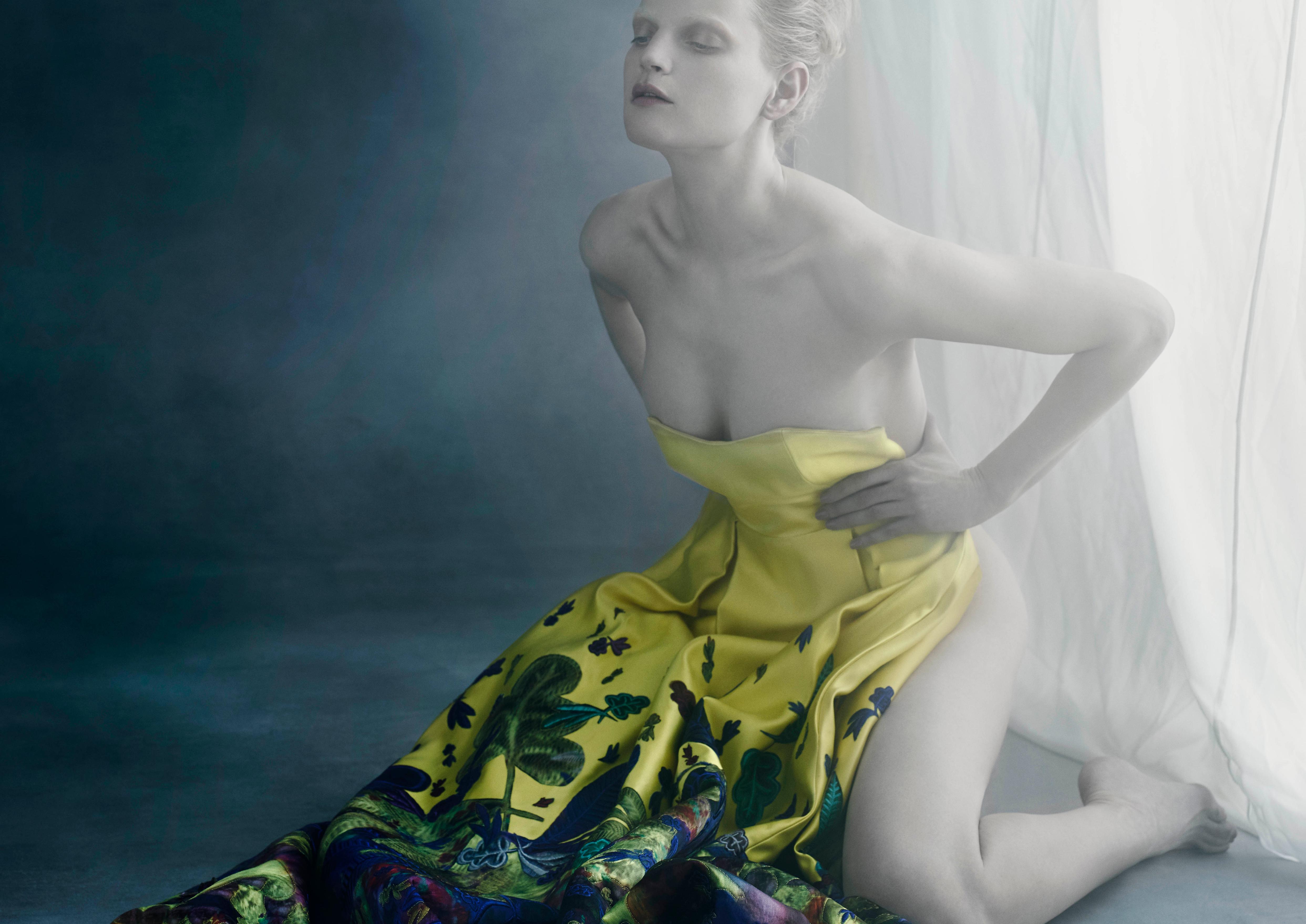
Hire fee, on request, includes:
– Curation and exhibition concept
– Tour management by Design Museum staff
– Exhibits
– Images and films
– Exhibition text in English
– 2D and 3D design concept
– Selected display kit
Costs payable by the venue:
– Hire fee, in instalments
– Exhibition and graphic design adaptation
– Share of transport and crating costs
– Storage of empty crates
– Nail-to-nail insurance
– All costs relating to exhibition production
– Installation and de-installation costs
– Marketing
To find out more about any of these exhibitions and other tours available from 2023 onwards, please contact:
Chris Harris Head of International Engagementchris.harris@designmuseum.org
00 44 (0) 20 3862 5905
Every reasonable attempt has been made to identify owners of copyright. Errors and omissions notified to the museum will be corrected in subsequent editions.

